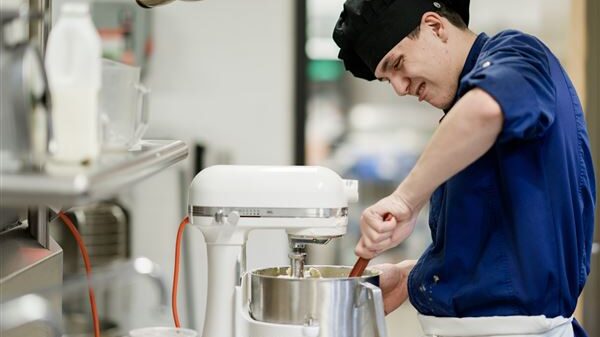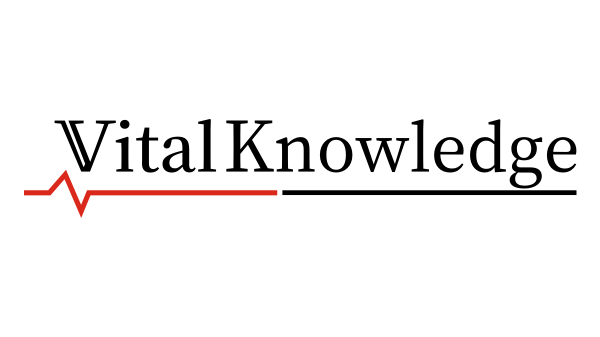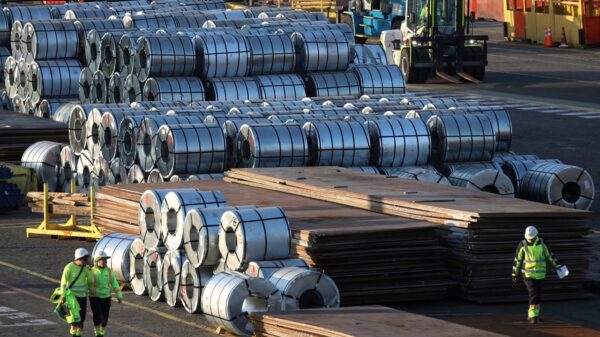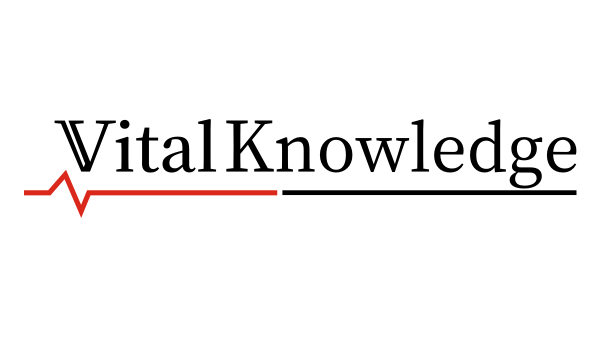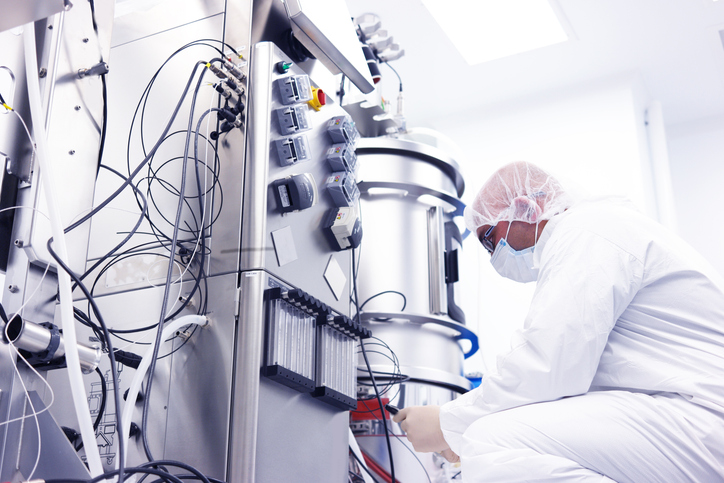Recent research highlights the potential of continuous hyperosmotic stimulation to enhance productivity in perfusion cell cultures, particularly those derived from Chinese hamster ovary (CHO) cells. Conducted by a team led by Qian Ye, PhD, from the East China University of Science and Technology, this study indicates that maintaining consistent osmotic pressure can significantly improve cell line output in biomanufacturing settings.
The findings reveal that applying constant hyperosmotic pressure during CHO cell perfusion culture resulted in a remarkable 168.5% increase in specific productivity. This research was conducted in collaboration with institutions such as the Shanghai Collaborative Innovation Center for Biomanufacturing Technology and Shanghai Austar Pharmaceutical Technology Equipment. The team’s work suggests that this method may be suitable for continuous manufacturing environments, mitigating risks typically associated with cell death during osmotic stress.
Understanding the Benefits of Hyperosmotic Conditions
The research also demonstrates that hyperosmotic conditions can reduce hypoxia in dense perfusion cell cultures. The monitoring of recombinant CHO cells revealed time-dependent metabolic responses, including rapid alterations in nutrient uptake and activity within the glycolysis and tricarboxylic acid cycle. Notably, specific productivity exhibited a slower stabilization period of six to nine days post-stimulation.
Interestingly, the cells maintained high productivity levels even in low oxygen environments. As the team noted, “Cells enhanced their antioxidative capacity.” Even when dissolved oxygen levels fell to 10%, cells subjected to hyperosmotic stimulation managed to keep reactive oxygen species at relatively low levels while preserving high productivity. This resilience allows the cells to continue functioning effectively under stress, ultimately leading to higher therapeutic protein yields.
Optimizing Conditions for Enhanced Cell Productivity
To maximize productivity while minimizing cell death, the researchers emphasize the importance of determining the optimal osmotic pressure tailored to specific cell lines. For the chosen CHO-DG44 cell line, the ideal osmotic pressure range is between 380–410 mOsm/kg. Utilizing this range, the specific cell productivity improved from 25.15 pg/cell/day to 41.81 pg/cell/day, marking an impressive increase of 66%.
In contrast to traditional fed-batch cultures, where continuous osmotic pressure often leads to cell death, perfusion cultures benefit from the ongoing renewal of the culture medium. This continuous exchange helps alleviate the risks associated with osmotic pressure build-up, thereby fostering enhanced productivity.
The implications of this research are significant for the biomanufacturing industry, as it opens new avenues for optimizing cell culture conditions to improve output. As the demand for therapeutic proteins continues to rise, understanding and implementing effective strategies like hyperosmotic stimulation could play a crucial role in meeting market needs.

